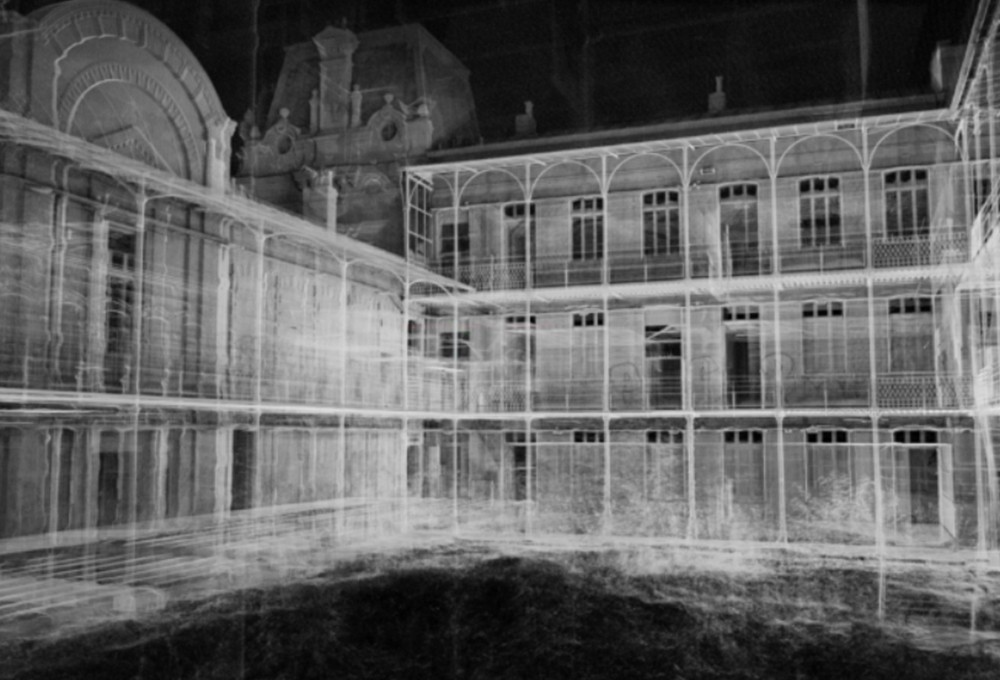
3D scanner: enriched BIM models with ultra-precise 3D data
BIM (Building Information Modeling) has transformed the construction industry by offering a digital and collaborative approach to project management. But the arrival of lidar and 3D scanning opens new perspectives, enriching BIM with 3D data of unparalleled precision.
Lidar: capturing reality in 3D
Lidar (Light Detection and Ranging) is a remote sensing technology that uses laser pulses to measure the distance between a sensor and a surface. By scanning an environment, lidar generates a dense “point cloud”, representing a precise digital replica of reality in 3D.
Point clouds and BIM: a powerful alliance
Integrated into BIM, Lidar point clouds offer a multitude of advantages:
- Accurate and comprehensive readings: Lidar captures details inaccessible by traditional methods, ensuring millimeter precision and completeness of data.
- Saving time and efficiency: 3D scanning significantly speeds up surveys and reduces errors, optimizing processes and collaboration between teams.
- Better decision-making: Immersive exploration of the point cloud allows a better understanding of the building, facilitating informed decisions and the detection of potential problems.
- Multiple applications: BIM enriched by point clouds finds applications in renovation, maintenance, facilities management, creation of digital twins and much more.
Concrete examples
- Renovation of a historic building: Lidar makes it possible to digitize complex architecture and identify the elements to be restored with precision.
- Factory construction: The point cloud serves as the basis for plant planning and coordination, ensuring optimal integration.
- Monitoring the progress of a construction site: Comparisons between successive point clouds make it possible to visualize and quantify the progress of the work.
Challenges and perspectives
Integrating lidar and point clouds into BIM is not without its challenges. Processing and analyzing big data requires specific tools and skills. In addition, interoperability between BIM and lidar software remains a work in progress.
Despite these challenges, the alliance of lidar and BIM is a driving force for innovation in construction. By offering an ultra-precise 3D representation of the building, this technology paves the way for better collaboration, process optimization and more effective decision-making, thus contributing to building a smarter and more sustainable future.
Conclusion
3D scanning represents a major advance for BIM, offering unprecedented precision and wealth of data. By adopting these technologies, construction players can push the limits of what is possible and shape the future of their profession.

